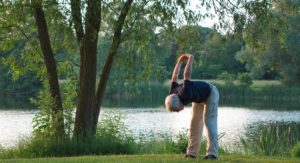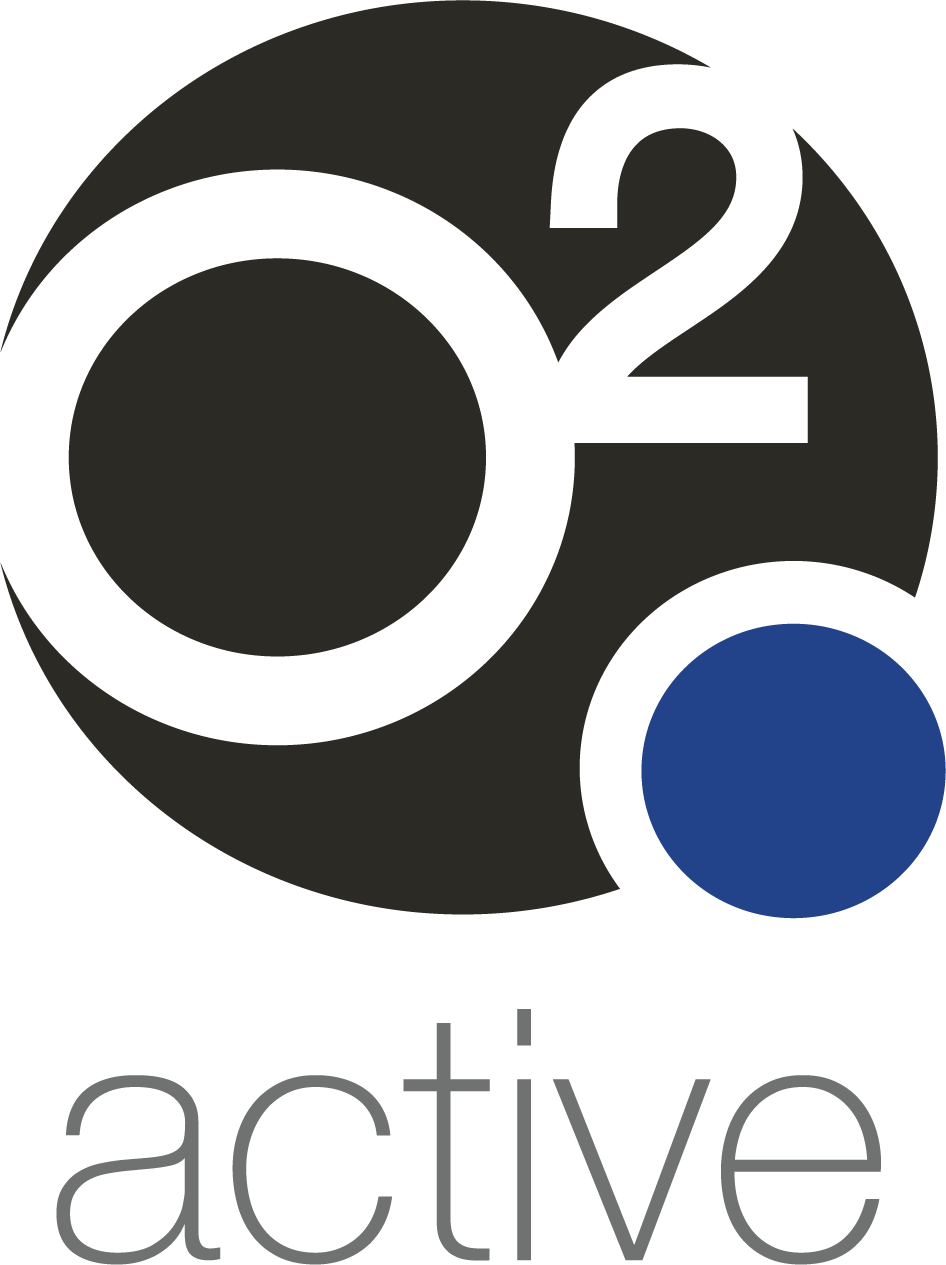
Article by Jessica Darmago, AEP
Regular exercise is important for all ages, however there are many people who are not completing the recommended 30 mins of daily activity, and it is even more important for people aged 50+. There are many misconceptions about exercise, particularly for the older generation, and here are five common myths that we would like to debunk!
Myth #1: If you’re over 50, you are too weak physically to start exercising
You don’t need to be young to start an exercise régime. Exercise aims to improve strength and fitness to counteract the natural age-related decline of muscle and bone strength, no matter what level you begin at. We recommend starting slow and gradually progress over time. Don’t forget, everyone starts from somewhere, and you can only go up from where you start!
Myth #2: The body doesn’t need as much physical exercise as you age
Physical age-related changes to your body make it even more crucial to exercise when we age. Exercise can work to prevent and manage diseases, improve strength, fitness and mobility which improves quality of life.
The Australian Department of health recommend older adults complete1,2:
Aerobic Exercise:
- 30 minutes of moderate intensity (at least 10 min bouts) of exercise at least 5 days per week
OR
- 20 minutes of continuous vigorous intensity exercise at least 3 days per week
Resistance Exercise:
- At least 2 days per week. 8–10 exercises involving the major muscle groups, 10–15 repetitions
Flexibility:
- At least 2 days per week (include balance exercises for those at risk of falls)
Myth #3: Exercise is unsafe for older people, it will cause damage to joints and injuries
50% of older adult’s reported that having a disability and musculoskeletal discomfort were the reasons they do not exercise3. Exercise can be performed safely under the guidance of an exercise physiologist, and the benefits of exercise far out-weighs the potential risks. Exercise Physiologists can specifically tailor exercise programs with consideration to injury management and prevention.
Myth #4: Exercise is only worthwhile if it is vigorous and done at high intensity
Exercise doesn’t have to be vigorous to be beneficial. Exercise comes in many forms such as; walking, gardening, playing golf, dancing etc. Low to moderate intensity exercise has been shown to improve health compared to no exercise at all. A study examined an 8-week, low to moderate resistance type exercise program on participants over the age of 90, and found it increased their strength and decreased their risk of falls4.
Myth #5: It’s too late to start exercising at this age!
No matter what age, it’s never too late to start exercising and taking positive steps to improve your health. A study showed those that only started exercising at the age of 75 had modest increases in life expectancy5. There were also lower mortality rates in those who did not begin regular exercise until late in life, compared to those that were only active in younger life who had stopped exercising5. Therefore, don’t stop exercising and it’s never too late for anyone to reap the rewards of exercise!
References
- Department of Health | Australia’s Physical Activity and Sedentary Behaviour Guidelines and the Australian 24-Hour Movement Guidelines. (2019). Retrieved from https://www.health.gov.au/internet/main/publishing.nsf/Content/health-pubhlth-strateg-phys-act-guidelines
- Nelson, M. E., Rejeski, W. J., Blair, S. N., Duncan, P. W., Judge, J. O., King, A. C., … & Castaneda-Sceppa, C. (2007). Physical activity and public health in older adults: recommendation from the American College of Sports Medicine and the American Heart Association. Circulation, 116(9), 1094.
- O’Neill K, Reid G. Perceived barriers to physical activity by older adults. Can J Public Health. 1991;82:392–6.
- Serra‐Rexach, J. A., Bustamante‐Ara, N., Hierro Villarán, M., González Gil, P., Sanz Ibáñez, M. J., Blanco Sanz, N., … & Rodríguez Romo, G. (2011). Short‐term, light‐to moderate‐intensity exercise training improves leg muscle strength in the oldest old: a randomized controlled trial. Journal of the American Geriatrics Society, 59(4), 594-602.
- Paffenbarger RS Jr, Hyde RT, Wing AL, Hsieh CC. Physical activity, all-cause mortality, and longevity of college alumni. N Engl J Med. 1986;314:605–13.
